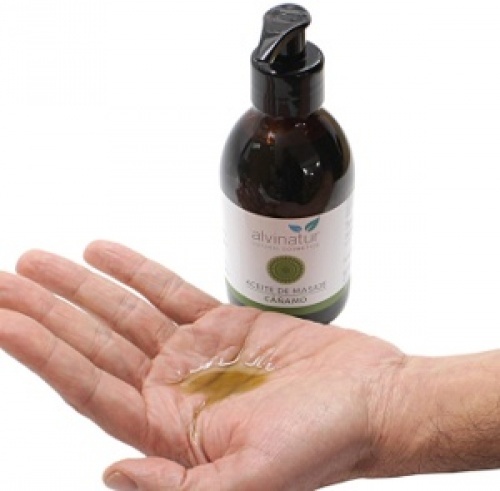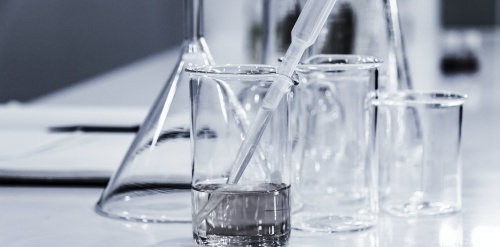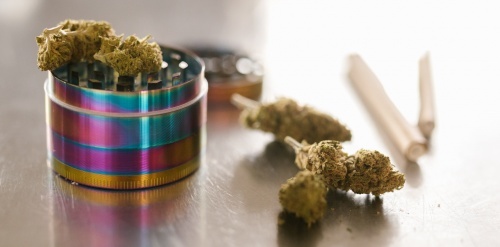Electroconductivity and pH
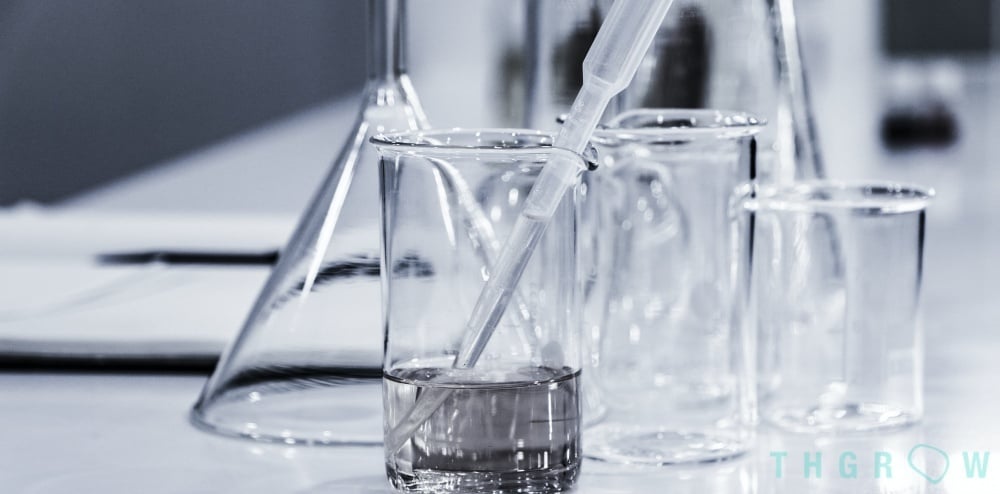
Many of the problems with plants are due to abnormal amounts of total dissolved solids (TDS), which are measured by electrical conductivity (EC), or to nutrient solutions with a potential of hydrogen (pH) that is too acidic or alkaline. In the first case, EC, there are excesses or deficiencies of nutrients in the plants or blockages in the substrate. In the second case, pH, even if the nutrients are available, the plants will not be able to use them if they are not in an acceptable range for them.
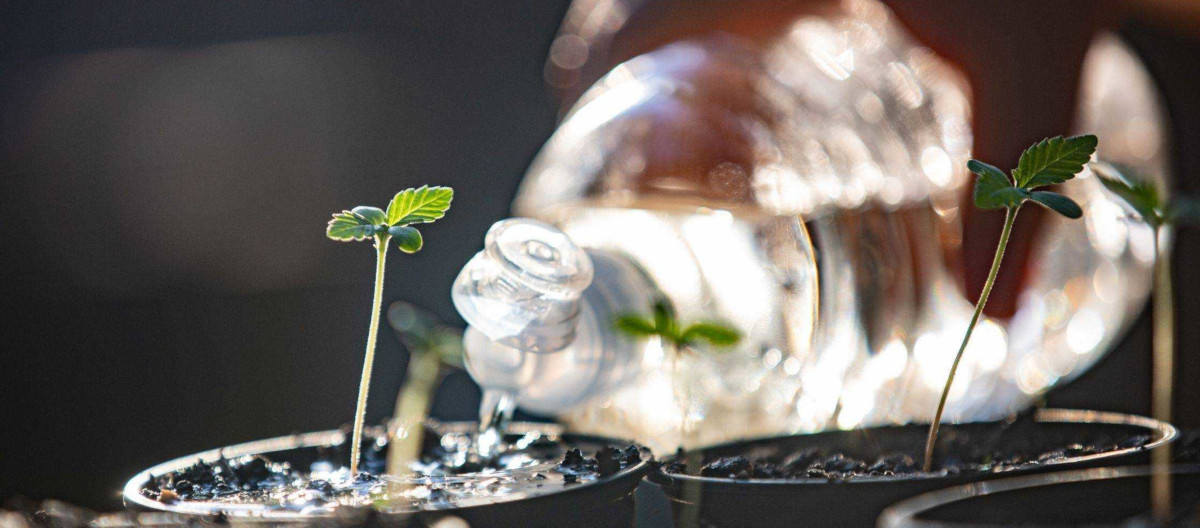
Electroconductivity (EC)
This is a factor that is not usually necessary to measure when growing in soil or in pots with a peat mixture, as these types of substrates have the property of retaining nutrients and it is the plants themselves that manage them through their roots. In these crops it is usually sufficient to respect the indications of the different fertiliser manufacturers when preparing the nutrient solution and try not to overdo it. If there is a nutrient problem in a soil crop, it is usually more efficient to measure the EC of the drainage to find out if there is an over-fertilisation or a deficiency.
For EC measurements it is necessary to have a meter to check the dissolved salt level. These easy to use meters care calibrated by adjusting the display value to a calibration solution that will vary depending on the manufacturer. All you have to do is put the electrode in the nutrient solution, wait a few seconds and read the display value. If the EC meter gives values in PPM, measurement converters are available.
EC values are also dependent on the temperature at which they are taken and change by about 2.5% per degree Celsius. Most meters nowadays are capable of automatic temperature compensation, so this is not a factor to be concerned about.
When a plant cannot digest the amount of nutrients dissolved in the medium due to an accumulation of salts, problems soon arise. Visible causes of over-fertilisation can be dark green leaves that are wrinkled downwards, as if in the shape of a claw. White spots may also appear at the drainage points of the pots.
The reason why EC levels are vital for the development and growth of plants is because, at the moment they are in an inert substrate and all their nutrition depends on their nutrient solution, they allow you to control what the plants are eating. A young Cannabis plant has not yet adapted to high levels of salts in the nutrient solution, so it must be fed a mild solution. As the plants begin to grow and enter the flowering stage they will be adapted to a higher concentration of nutrients. When the plant is just budding the ideal EC is 0.4, but as the plant grows the EC should be increased to 0.8 EC or 0.9 EC. When the plant is in a vigorous growth process, the EC should be increased to 1.2 EC or 1.3 EC and when flowering is reached, to 1.6 EC or 1.8 EC. In some cases, if the plant is very, very sativa, we could even go up to 2 EC, although this is not frequent.
Keep in mind that if the water is soft (EC below 0.4), we will have to enrich it with calcium and magnesium salts, or use a Calmag of the different brands, until we reach an EC of 0.4. On the other hand, if the water is hard, we will have to use a reverse osmosis device. On many occasions these devices reduce the EC to really low levels (0.01), so tap water that has previously rested between 24 and 48 hours should be added, and in this way, we will reach a more suitable EC such as 0.4, and then add the appropriate fertilisers to obtain a suitable EC.
Osmosis filters filter the water by means of pressure and are composed of a sediment filter that retains the suspended particles in the water; a carbon filter to eliminate chlorine, and finally, a membrane to eliminate dissolved salts. Their use eliminates approximately 98% of the salts dissolved in the water, as well as chlorine and heavy metals, all of which are major enemies of plants. The disadvantage of osmosis filters is the amount of water that is wasted, although this excess water can be used to clean the utensils (cisterns, pots, tools...) with which we work.
Often, people recommend water obtained from air conditioning, but this practice is dangerous for our crop, as we cannot know if it has been contaminated by pathogens that live in our cooling equipment.
Potential of hydrogen (pH)
EH is a measure of the concentration of free hydrogen ions in a solution. The pH scale ranges from 0 to 14, with a value of 7 being considered neutral, anything below 7 being acidic or anything above 7 being alkaline. The pH affects the solubility of nutrients and the functionality of enzymes. Just as when a cannabis plant experiences nutrient lockout due to high EC levels, a large enough change in pH can have serious consequences. Large changes in pH will slow down a plant's entire metabolism and negatively affect its growth rate, nutrient uptake and immune system. The amount of nutrients required during the different growth stages changes, so it is important to monitor the pH values after preparing the nutrient solution and avoid large differences.
Water is different from place to place, and depending on the region its pH can vary between 6 and 8.5. Also the pH in the same region can vary with the passing of the seasons. For plants to develop without problems they will need a pH between 5.5 and 7, depending on their stage of development and their growing medium.
During the vegetative stage the plants need extra nitrogen, the absorption of which is facilitated by maintaining a slightly acid pH, while during flowering they will appreciate a slightly more alkaline value. If you are growing in pots with soil, the ideal is to always water at pH 7, as the prepared substrates are usually acidic in themselves, so that by always watering at 7 the plants will start with the low value of the substrate (often pH 5.5 or 6) until they adapt to the new value. In the case of hydroponic crops, the appropriate values would be around pH 5.8 during vegetative growth and around 6.2 during flowering. One should never be too precise when setting the pH, as its small fluctuations allow the plants to have all the nutrients available.
Changing the pH of the nutrient solution is very simple, regardless of whether you are growing in soil or hydro. You will need something to measure the pH, either a reagent or a digital meter, and either a pH booster or a pH depressant. Because the water will already be acidic or alkaline, it will not be necessary to have both a pH-raising and a pH-lowering product, just add a little more water if you have overdone it with the pH-raising or pH-lowering product. Some pH raising or lowering products are very concentrated, so it is advisable to handle them with caution or even dilute them before use. A digital pH meter is used in the same way as an EC meter, except that many have automatic calibration and instead of one-point calibration it is usually two-point calibration (pH 4.01 and pH 7.01). Good maintenance and cleaning of the meter is essential to obtain reliable readings.
pH and EC in soil and hydroponic crops
The ability of Cannabis plants to absorb and utilise nutrients is largely determined by the pH, as well as the amounts of nutrients used. When growing in soil it is easy to predict how the medium will behave, as its composition helps to maintain a stable range and is able to buffer small errors. Many medicinal growers prefer soil cultivation because of its reliability. If there is a marked imbalance of nutrients in the substrate, a root flush will suffice and the plants will start to recover within 7 - 10 days.
Hydroponic media such as coco, rockwool or arlite behave differently from soil when it comes to pH, as they do not buffer as well as soil. Although they have many other advantages, these media involve being attentive to EC and pH values from the start. Many of them also require proper flushing so that they do not make sharp pH fluctuations, especially in the case of arlite. EC and pH problems are more likely to occur when growing in hydroponics than when growing in soil, as a few degrees of heat or cold can cause large changes in both. The preparation of the nutrient solution is more demanding because there are no pH buffering components or micro-organisms to facilitate nutrient uptake. A poorly prepared solution can ruin a crop in a matter of days. If problems are discovered in the system, the nutrient solution will need to be removed and replaced with a new one
Conclusions
Knowing the pH and EC of your irrigation water helps a lot when growing Cannabis, as it increases yields and prevents problems. Although it may seem strange and weird at first, every grower should be more or less used to measuring and modifying both, especially if you want to grow in coco or hydroponics. You can also check out our posts on hydroponics and aeroponics and how to choose the right soil for your cannabis grow.


